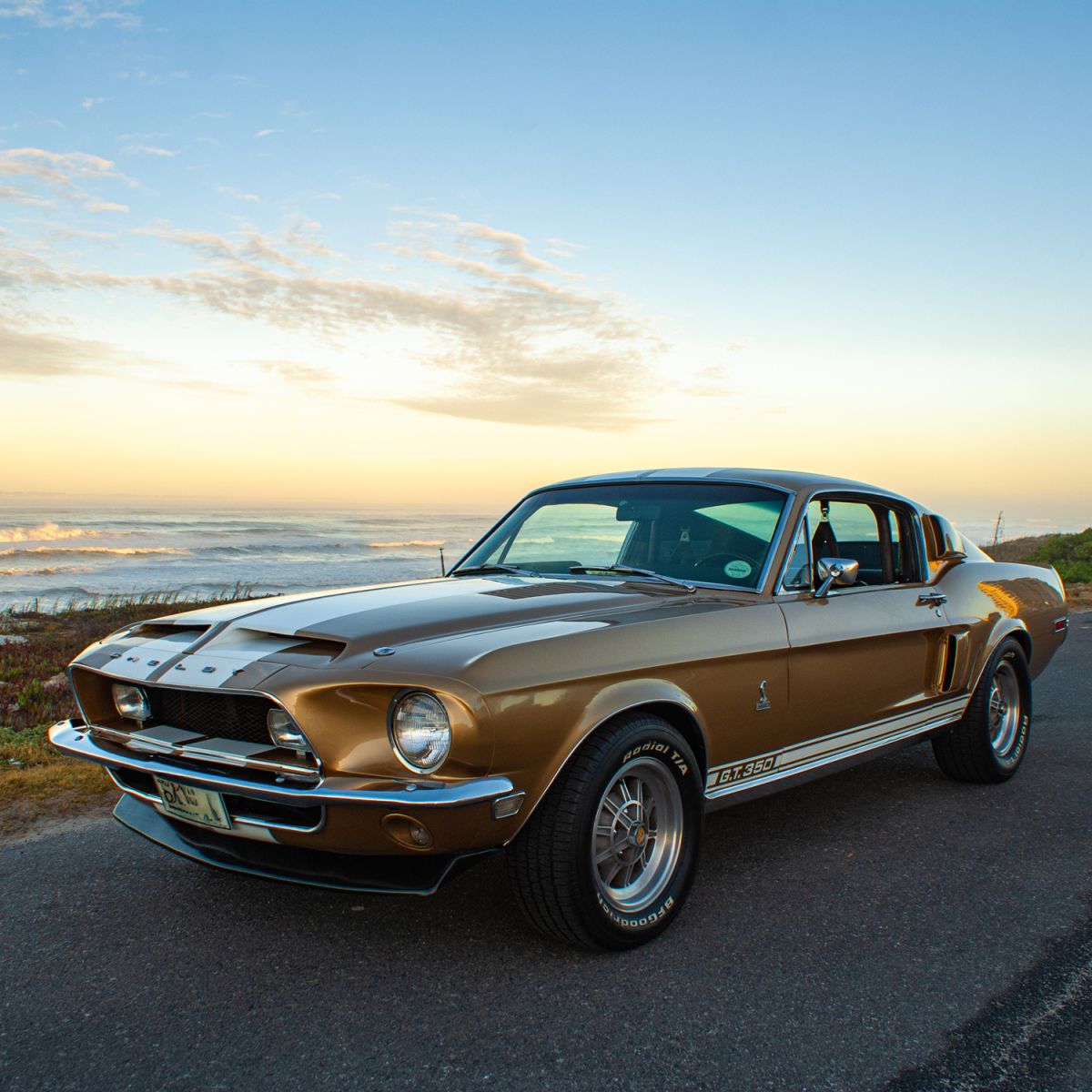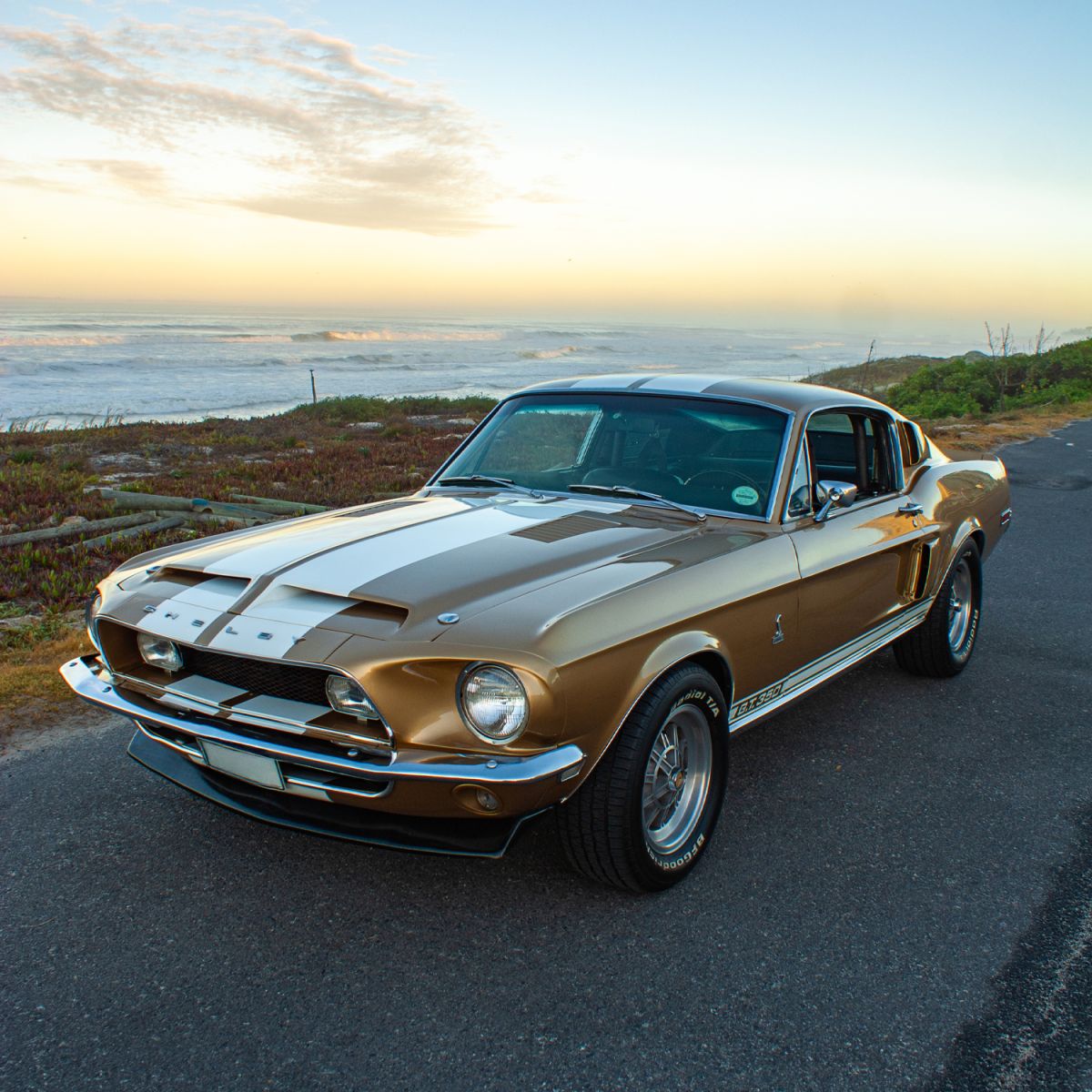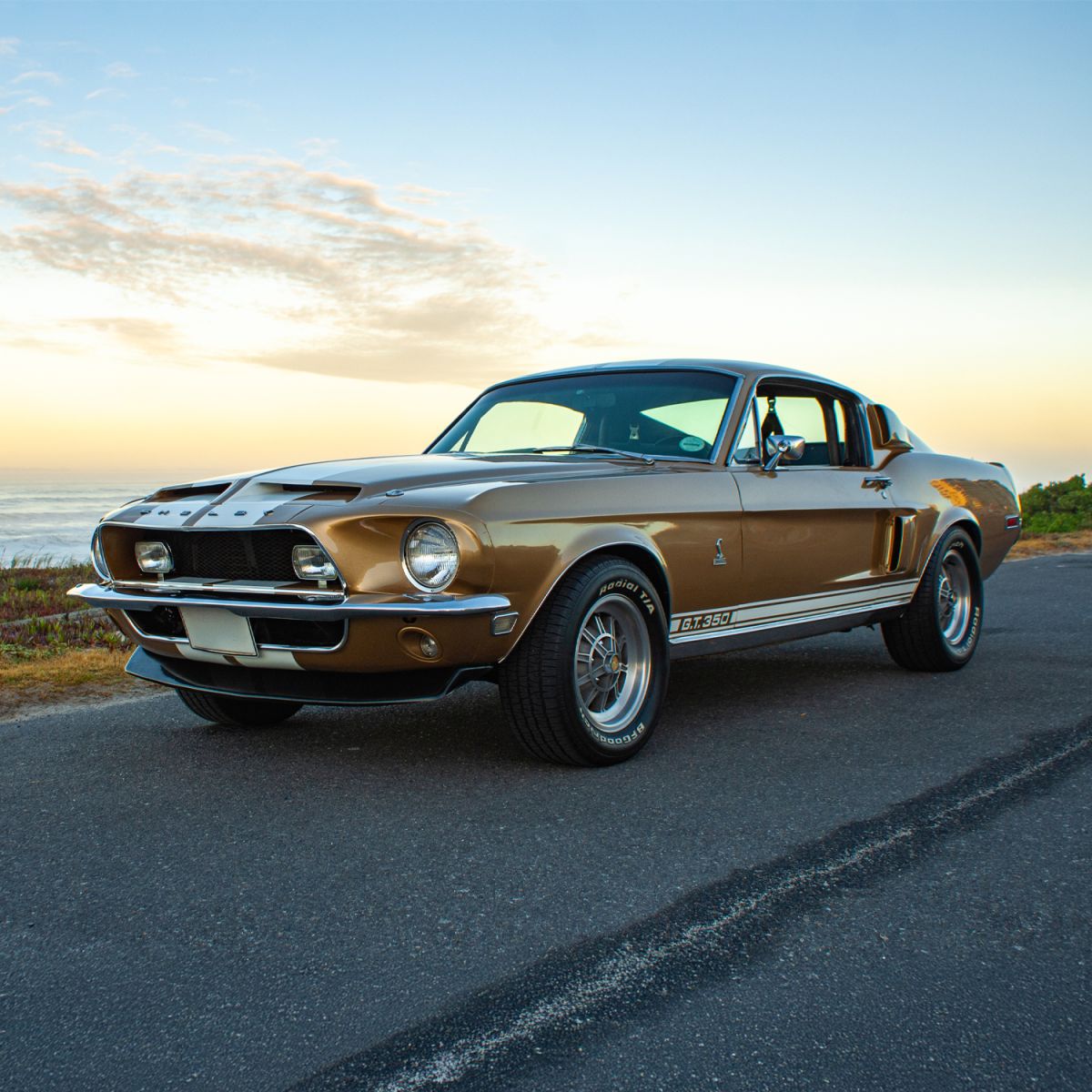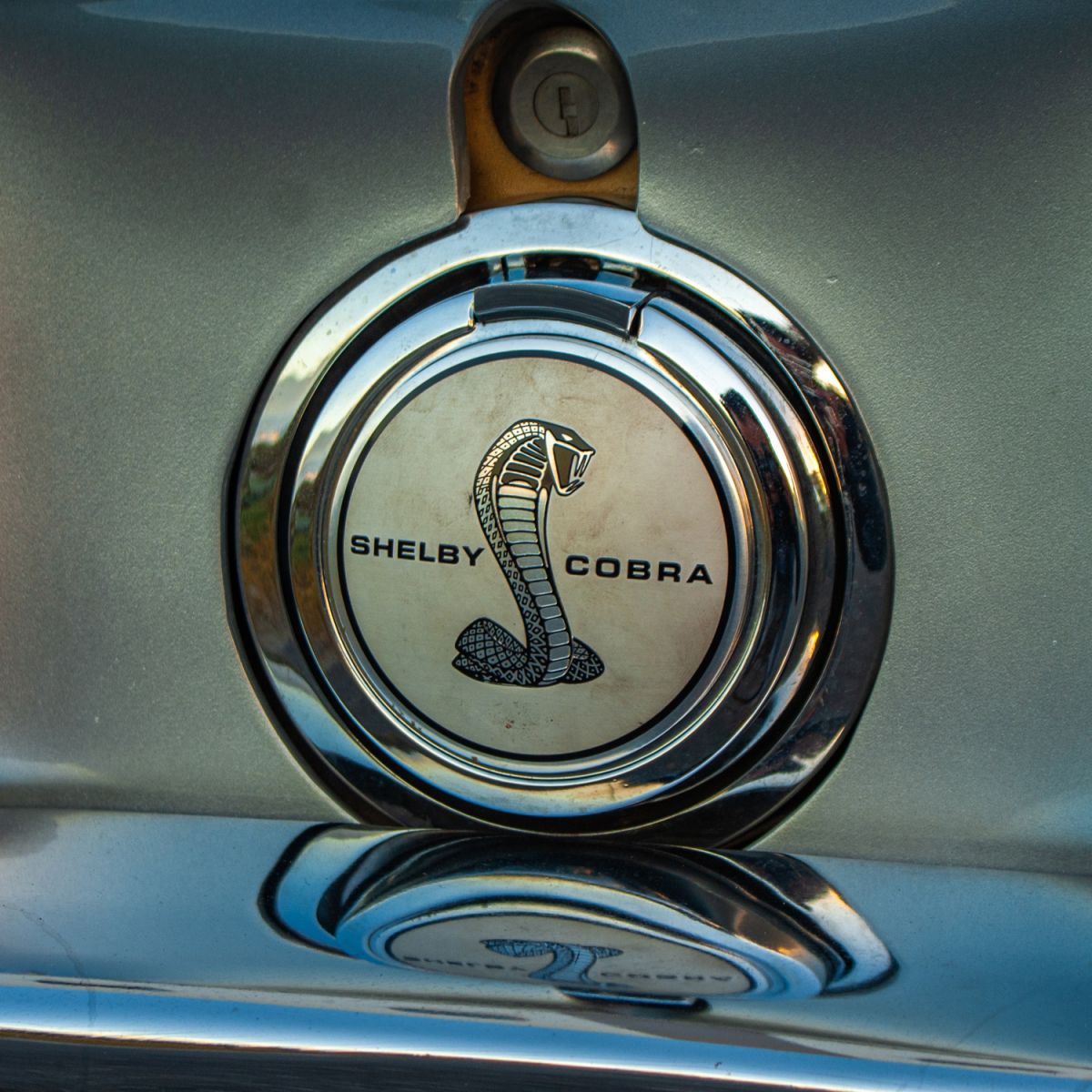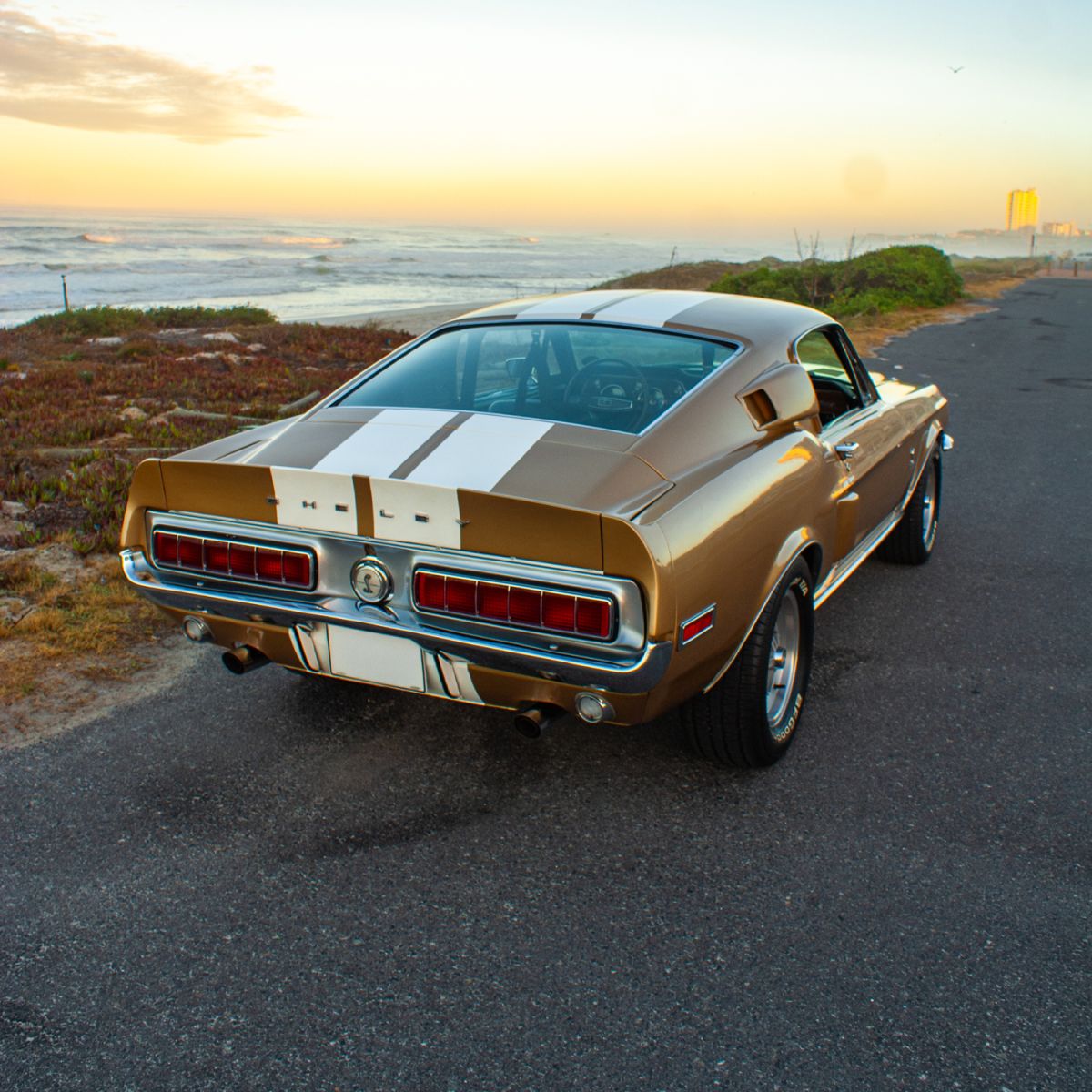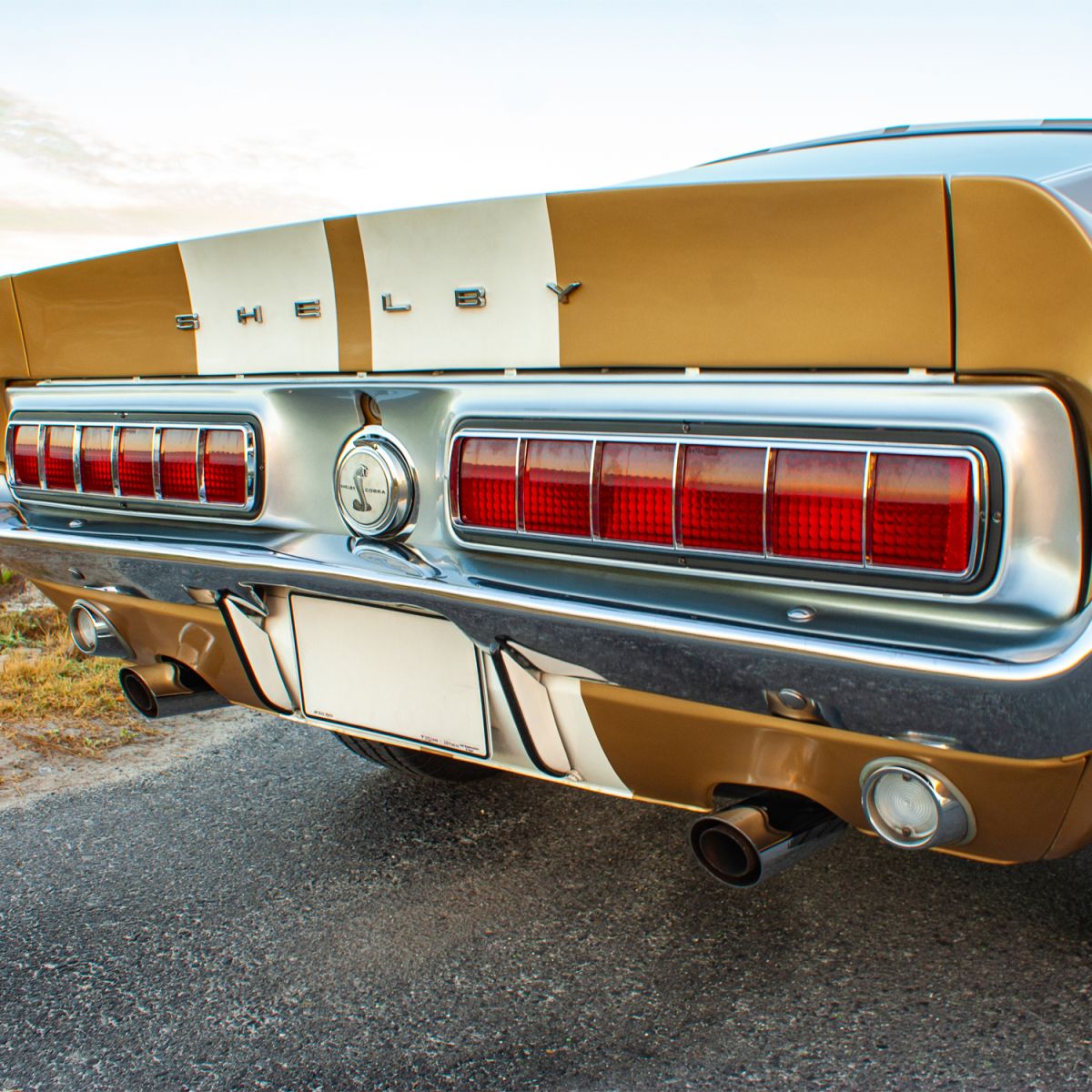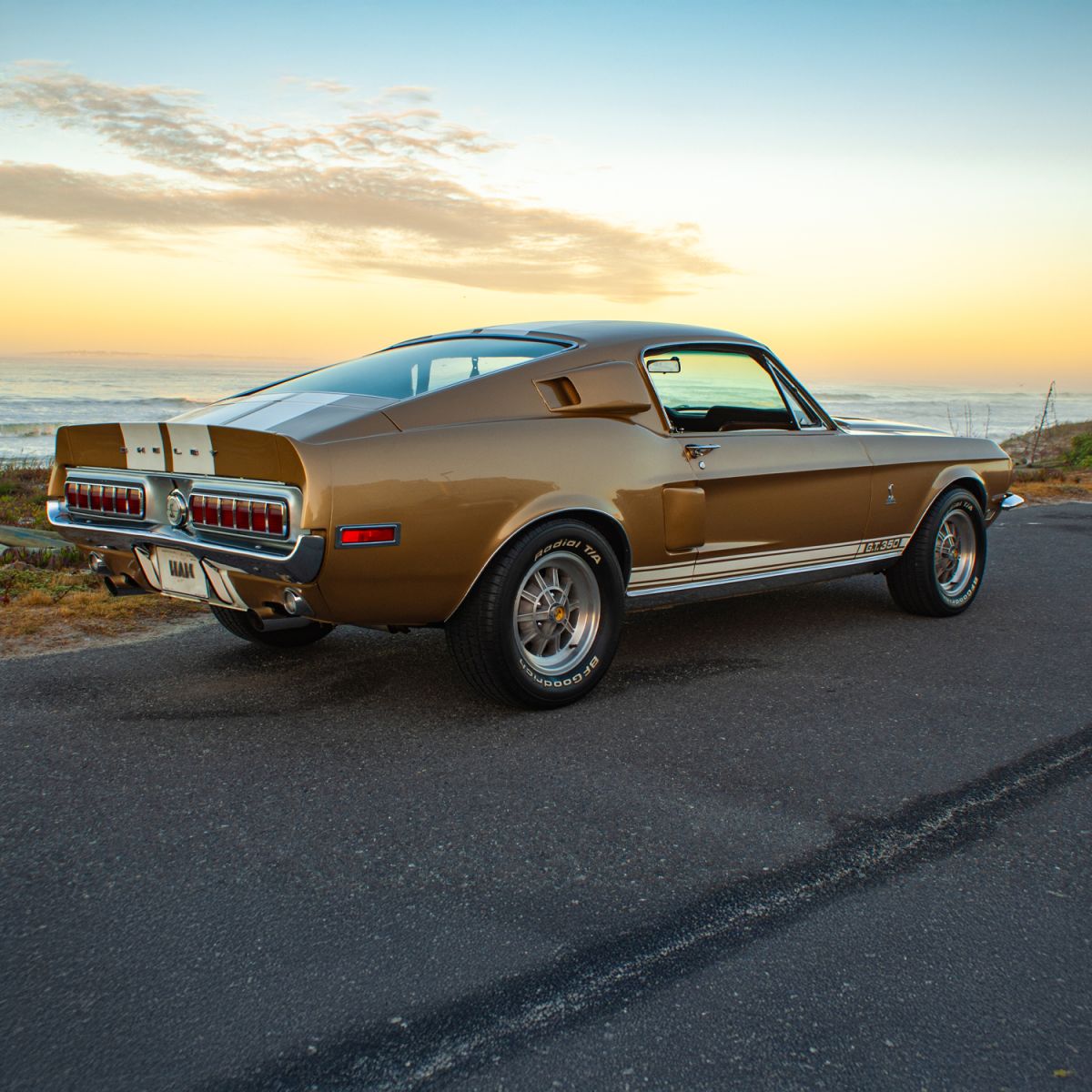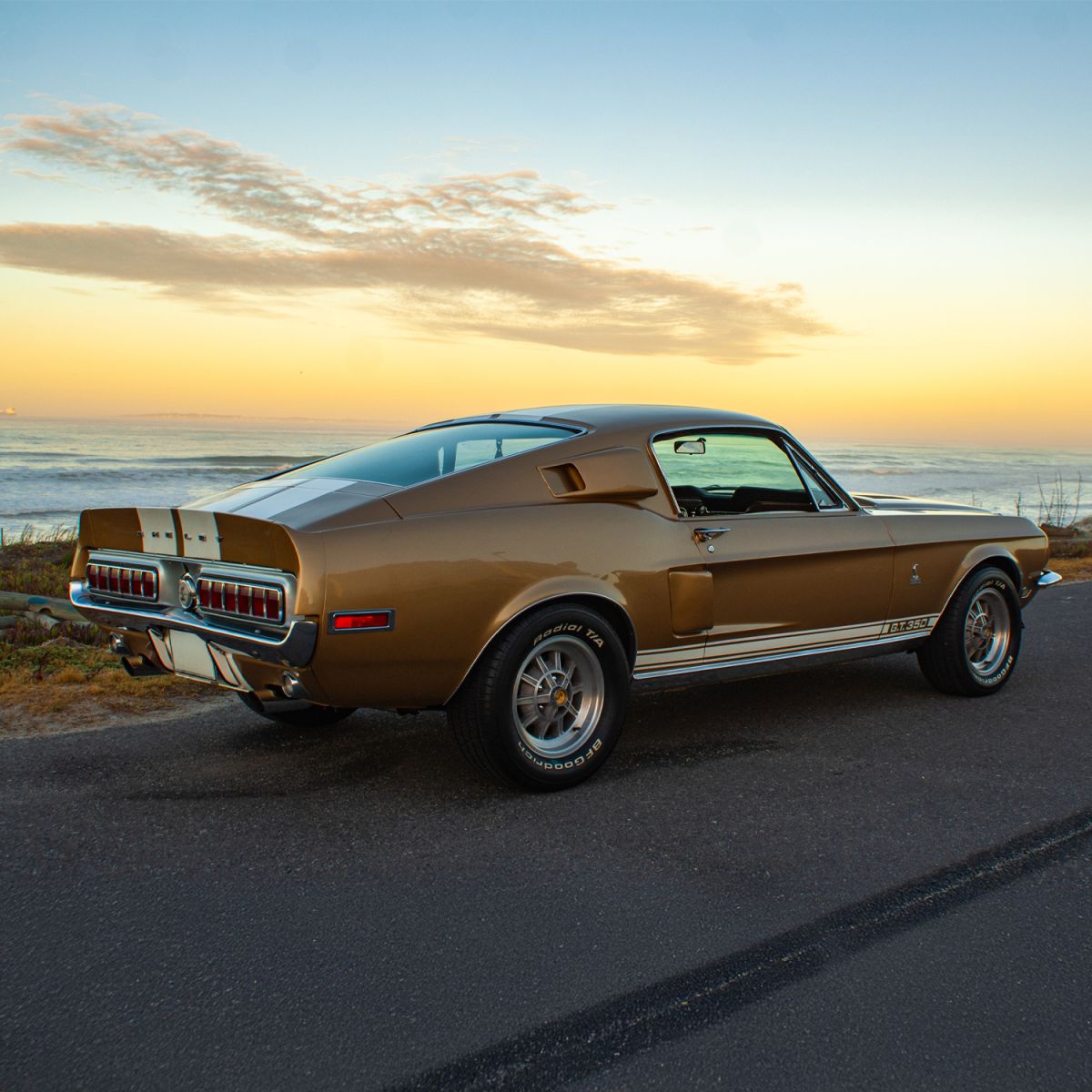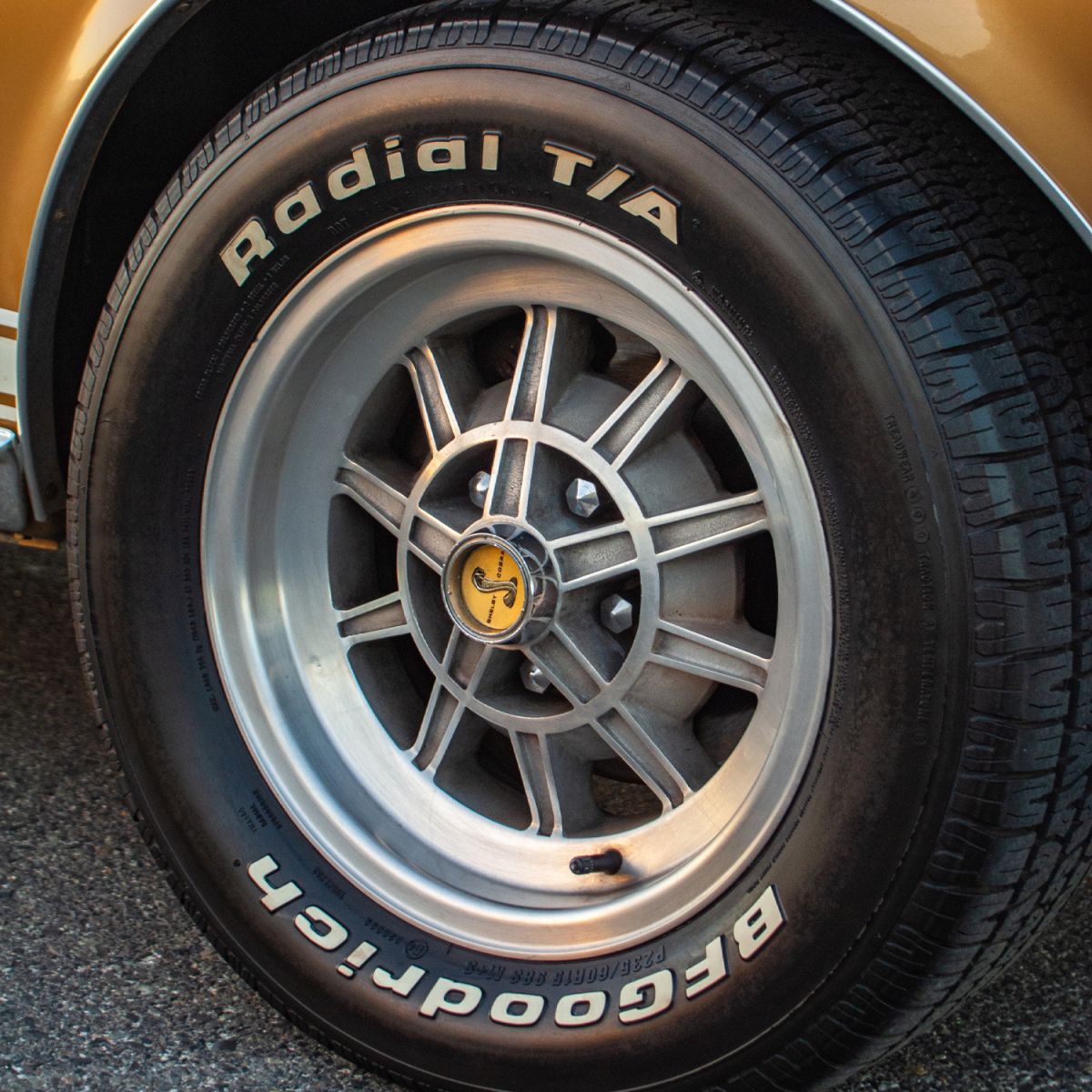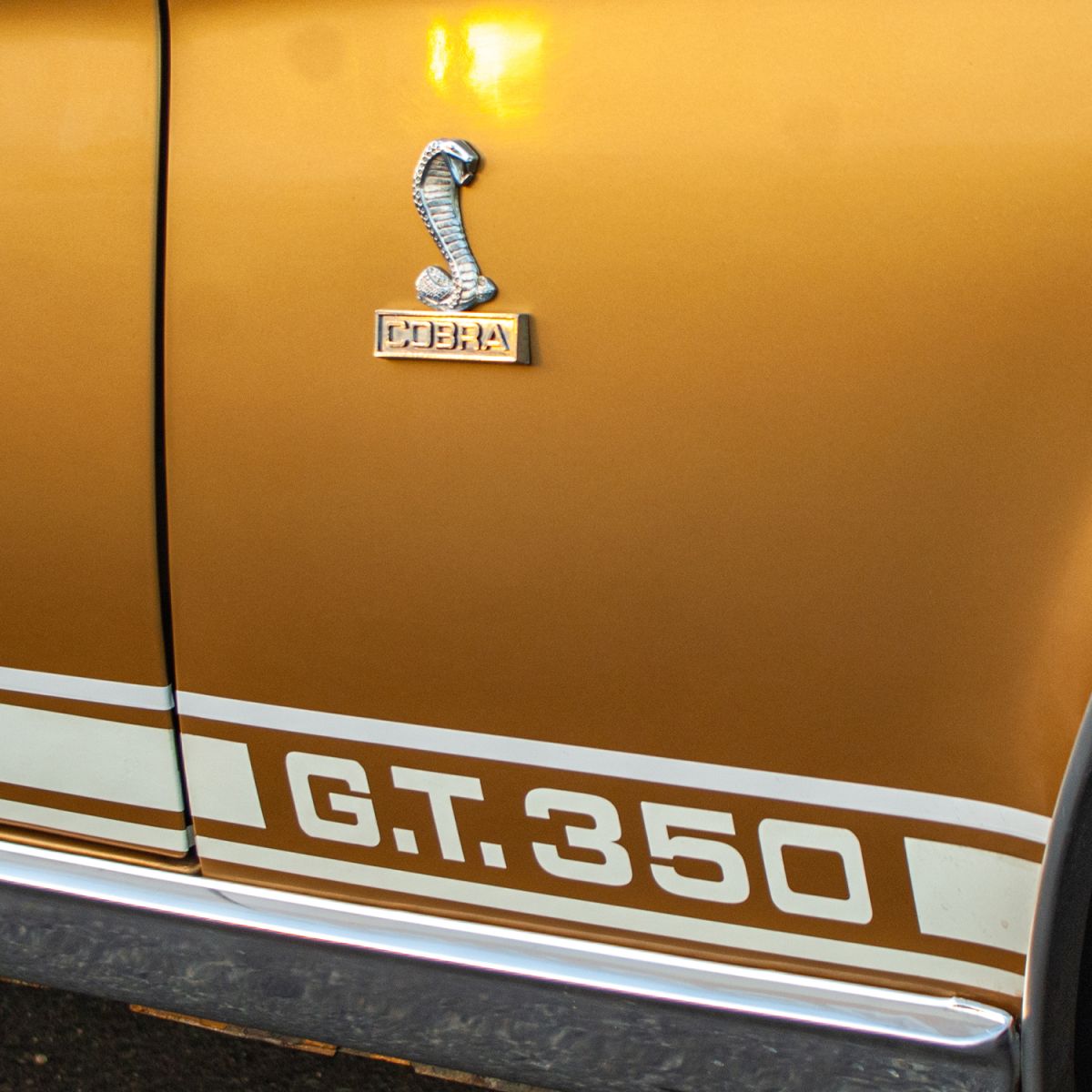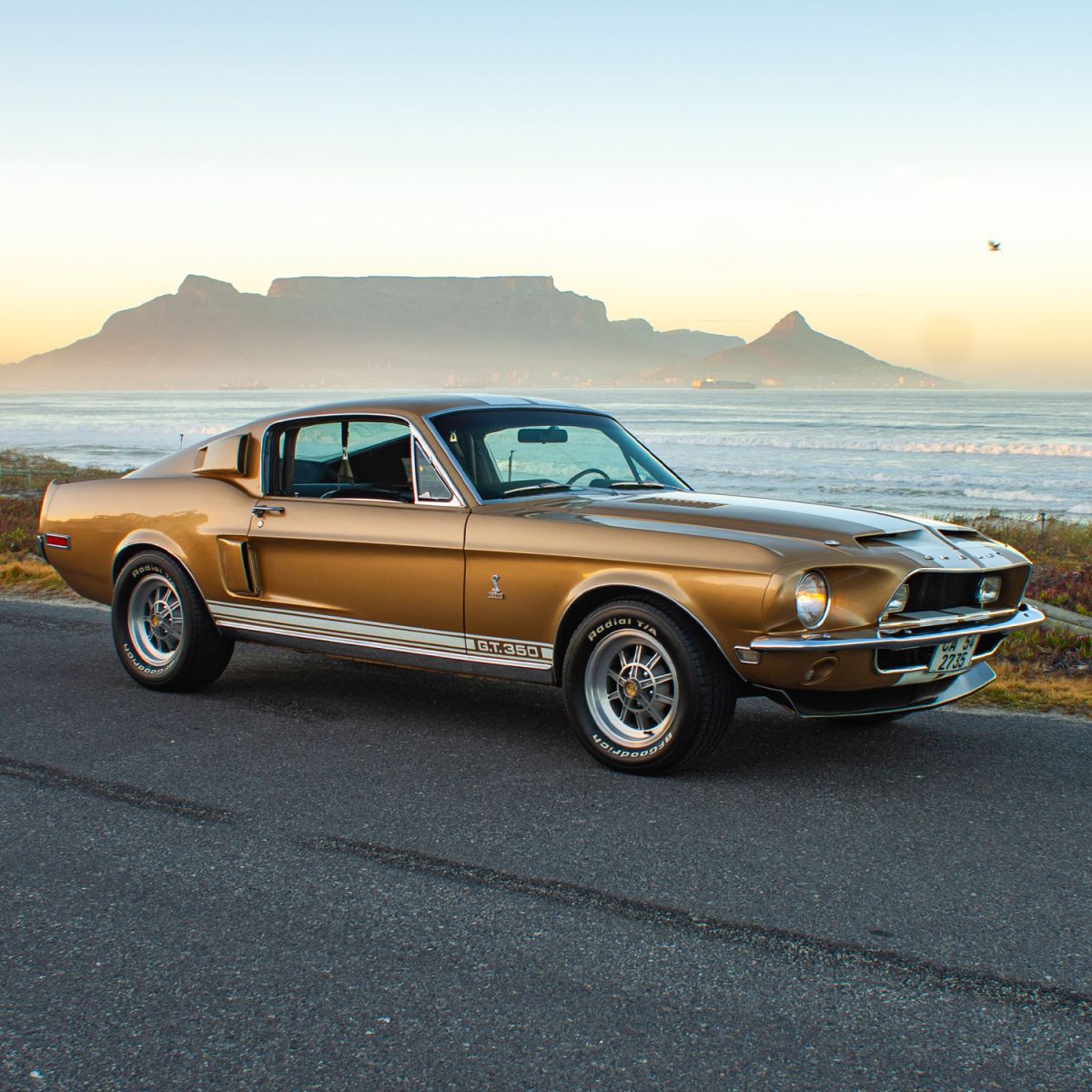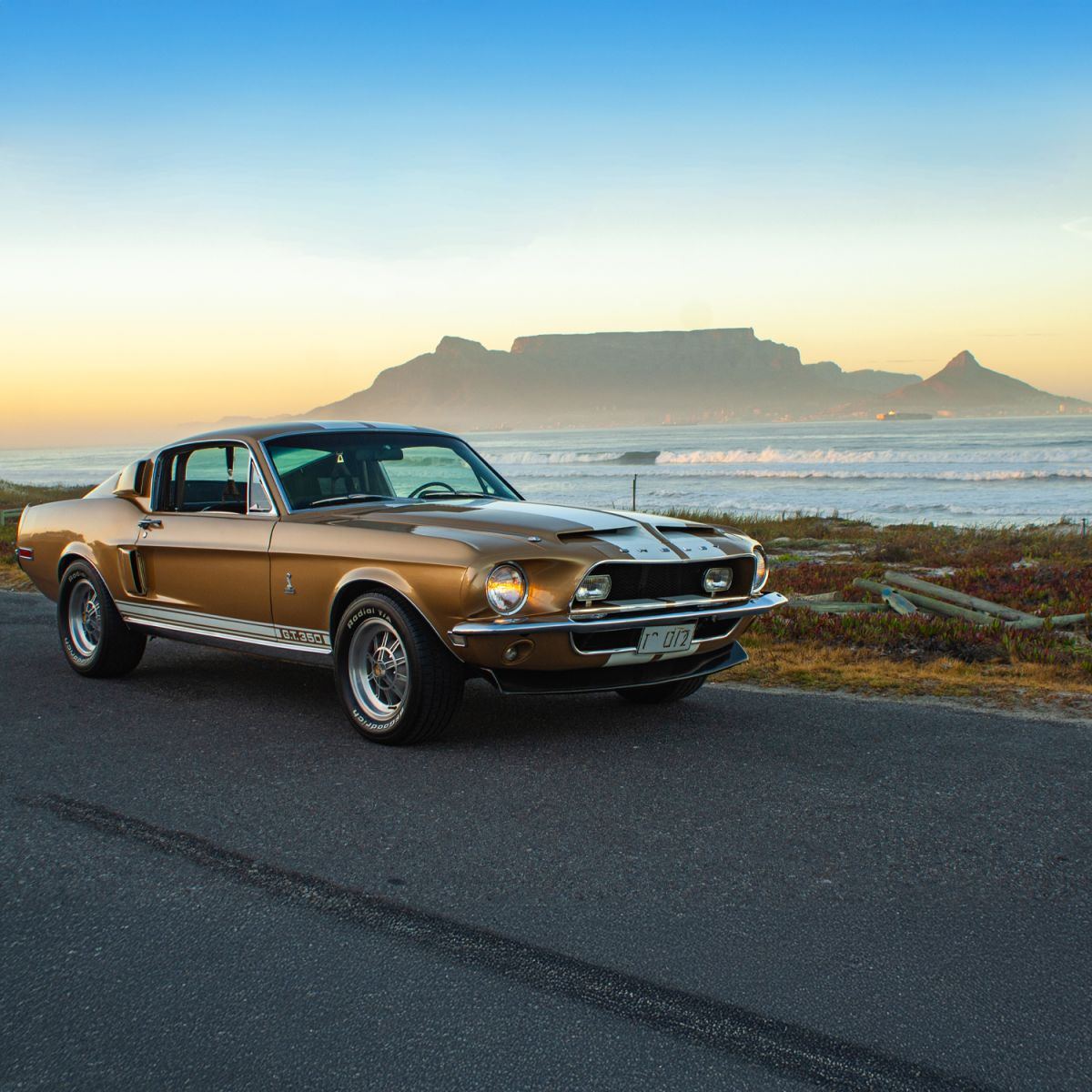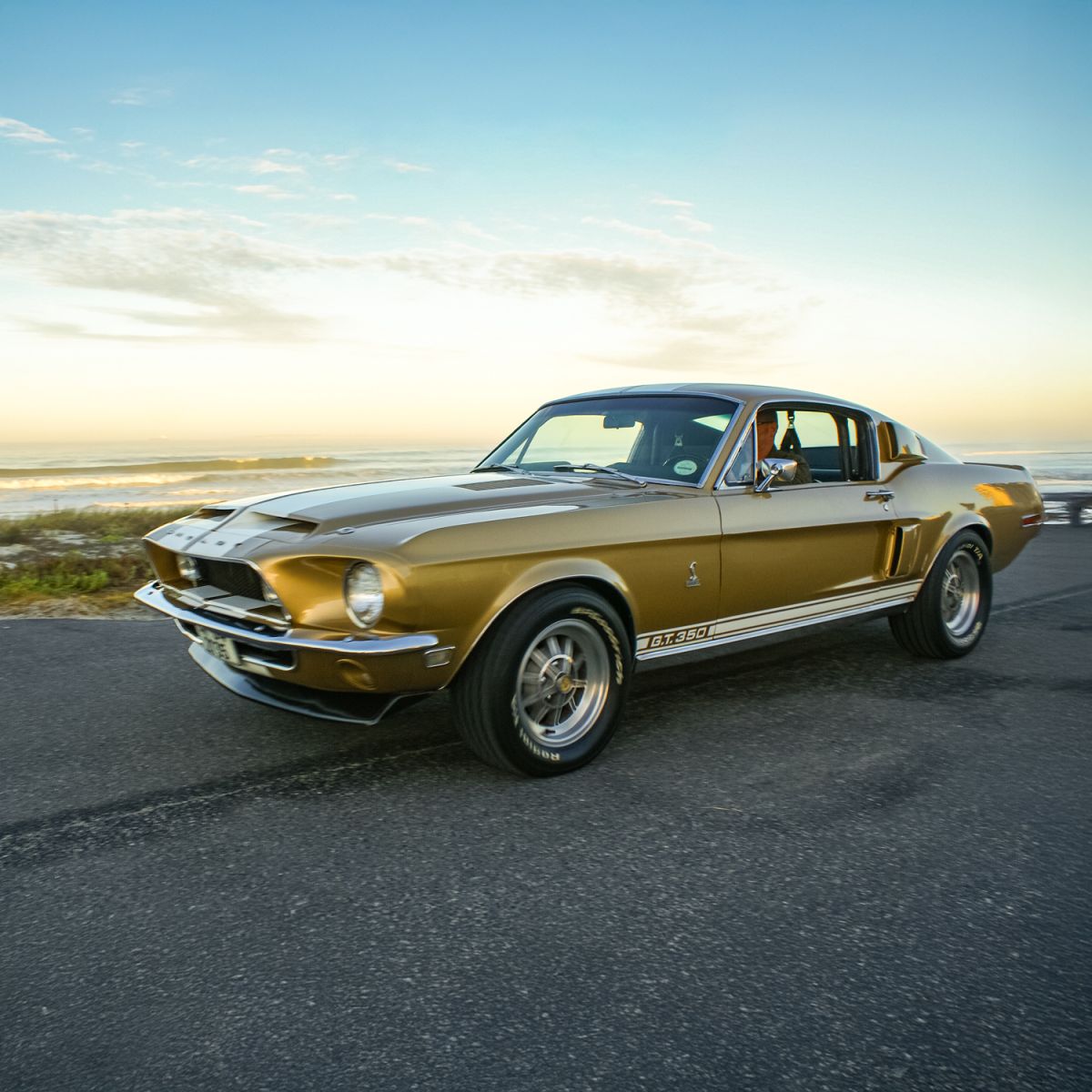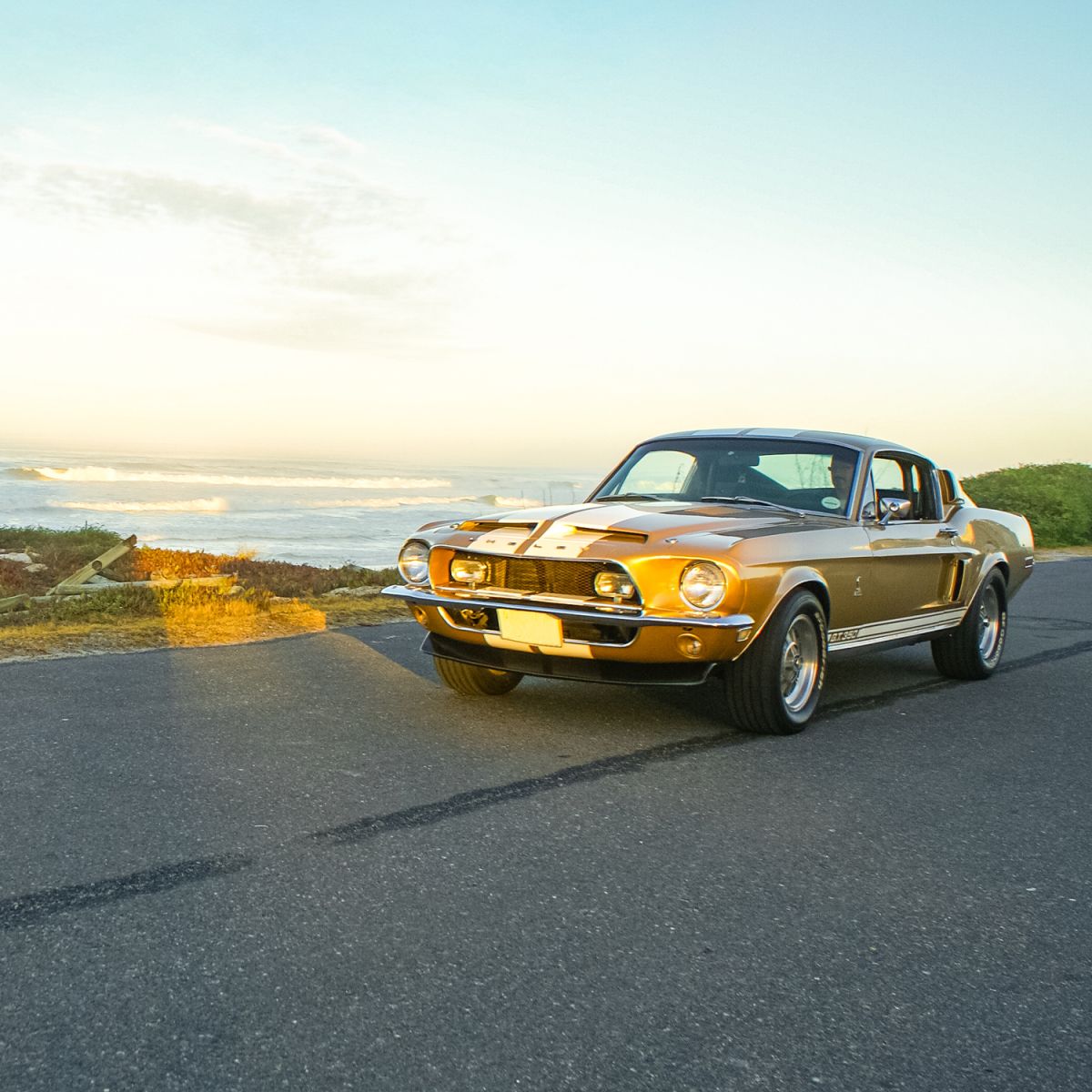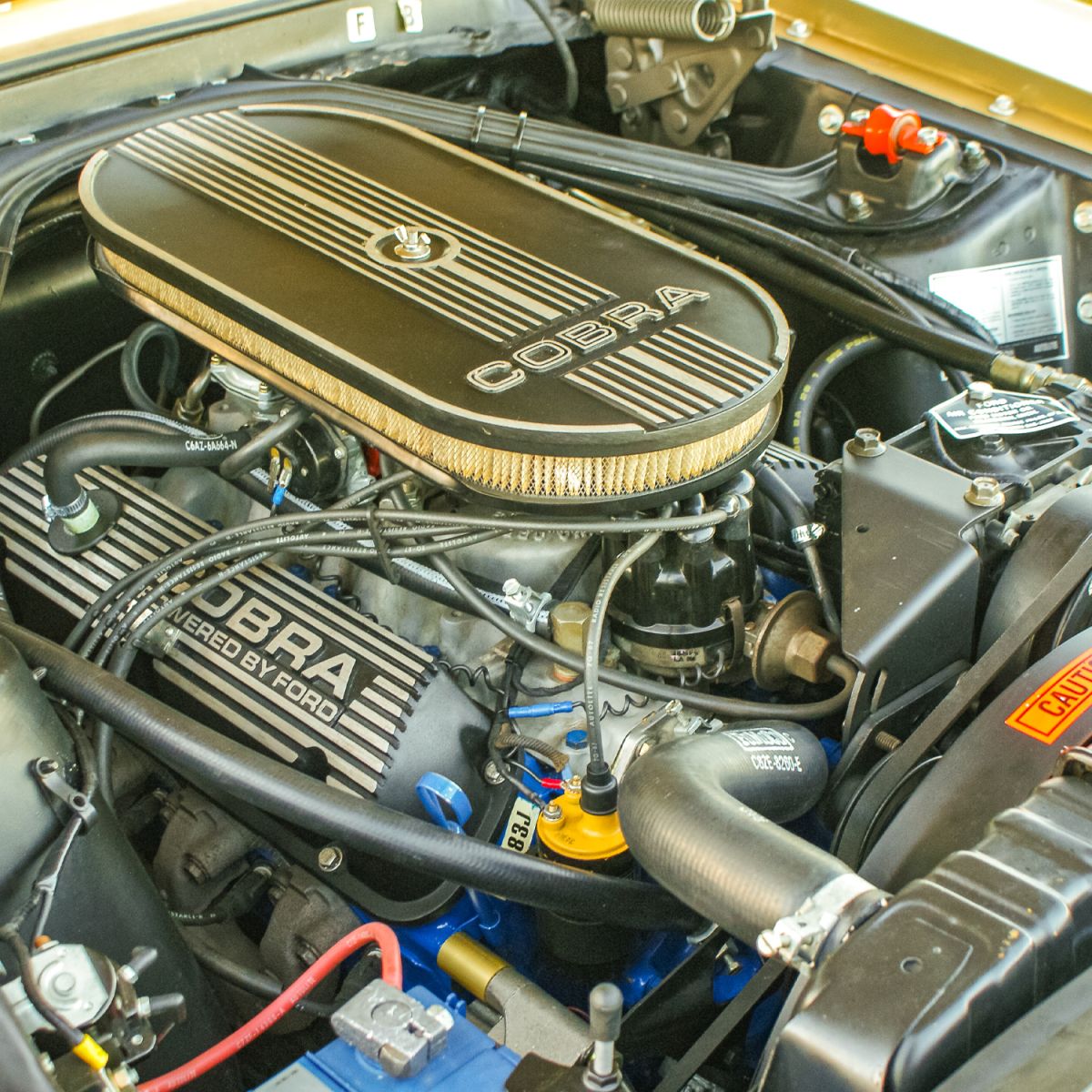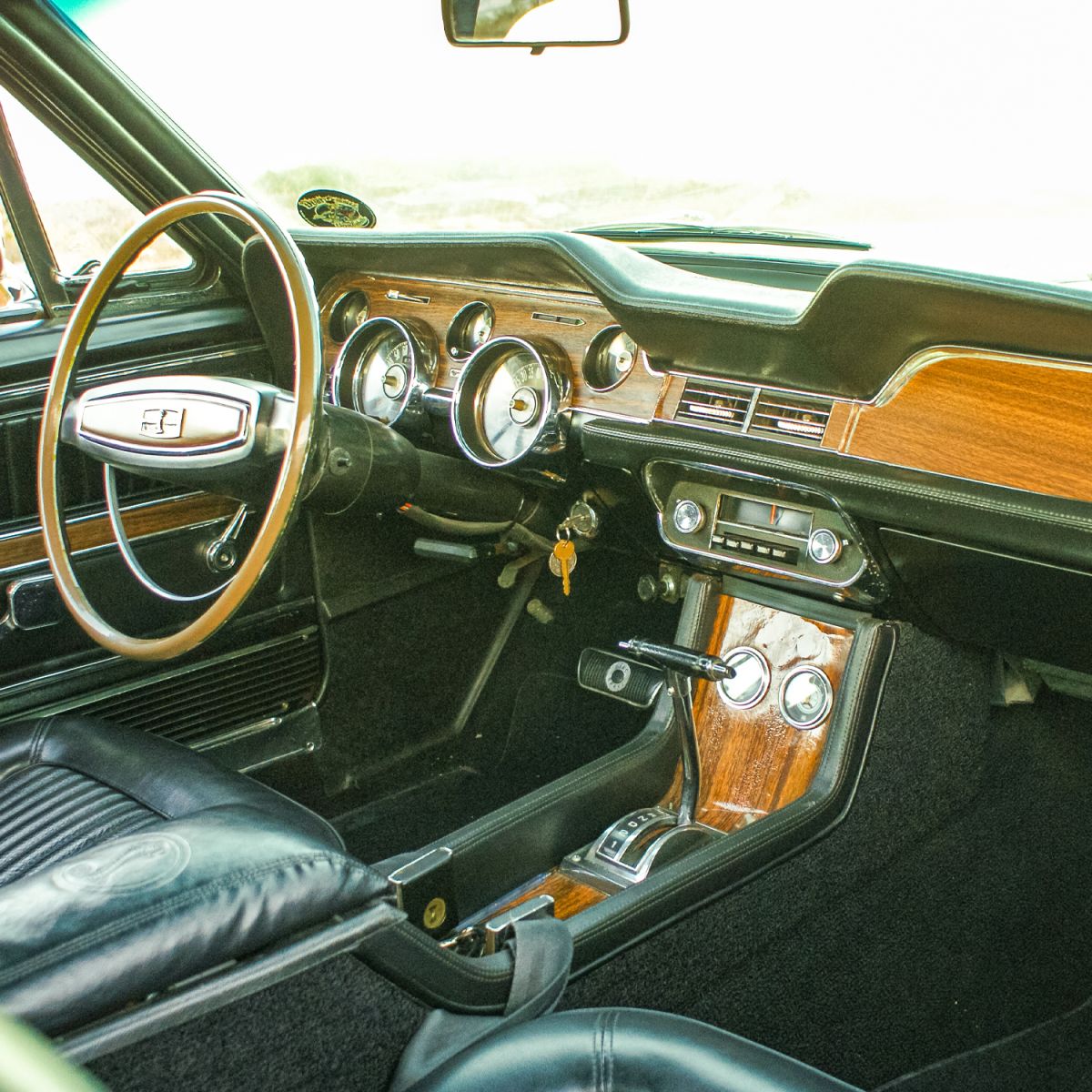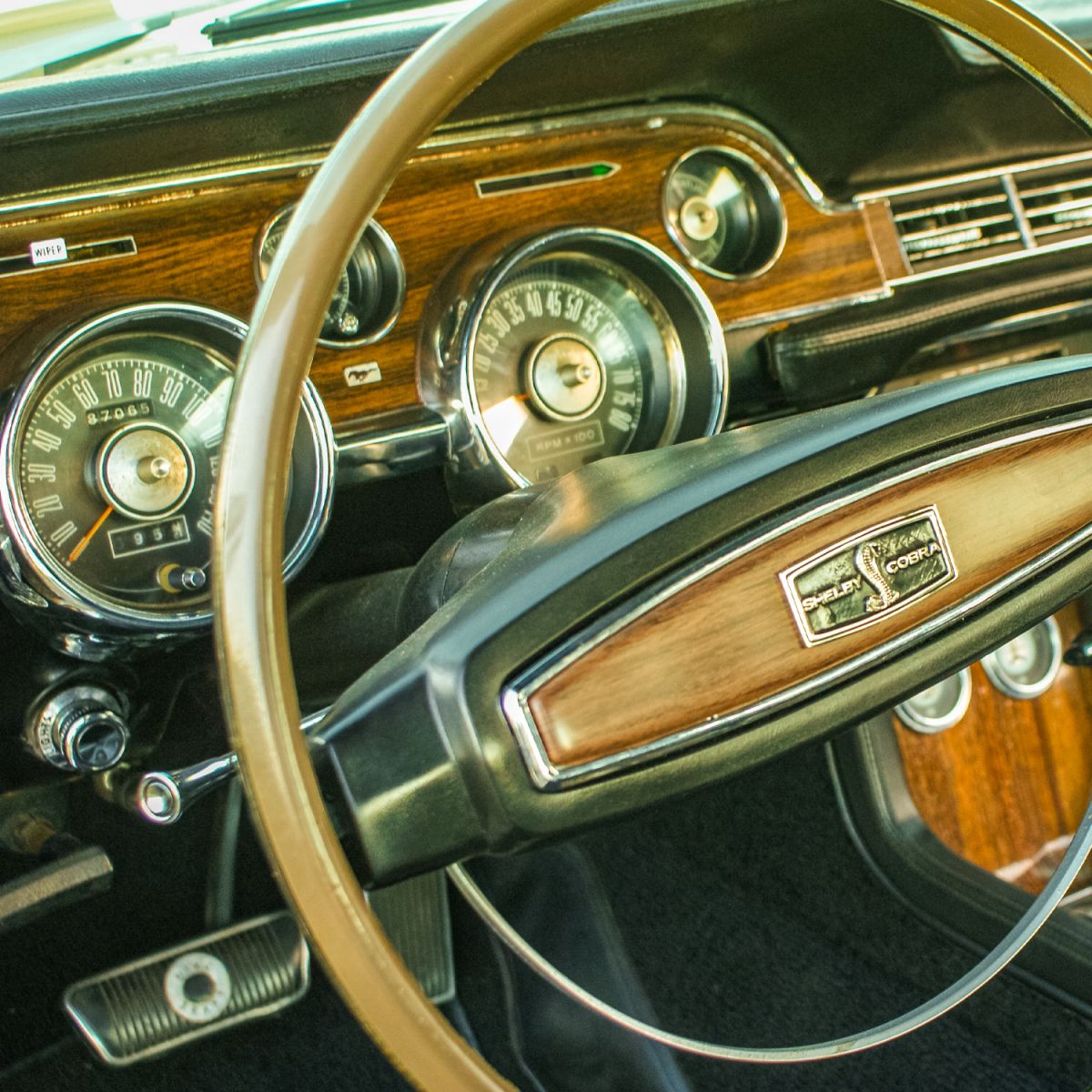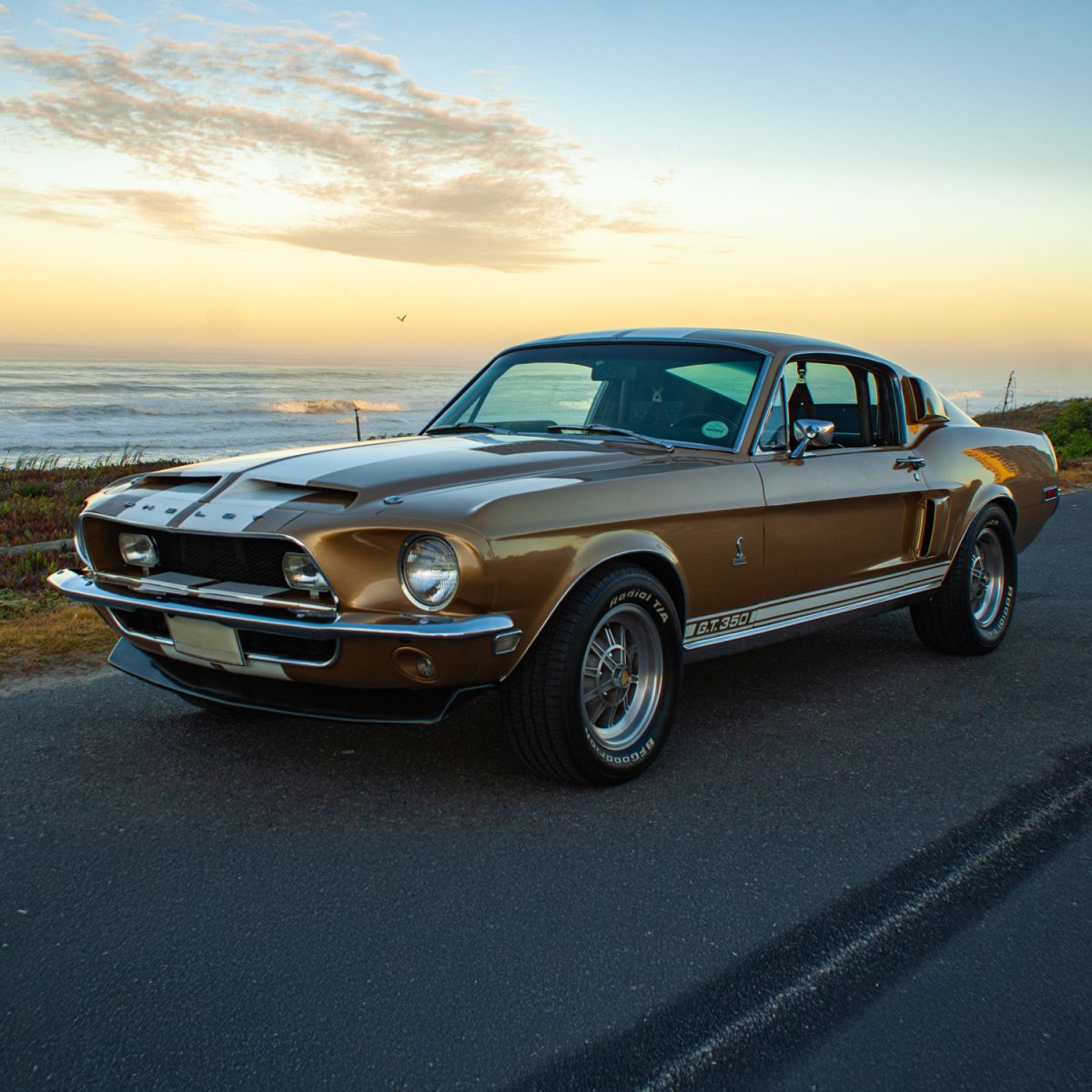
It’s been more than half a century since the Mustang first broke cover on April 17, 1964, yet even today it has the kind of road presence that makes car guys choke on their coffee. And when a genuine Shelby GT350 shows up? That’s not just presence—that’s royalty.
For Cape Town’s Nick Vernon, the encounter was pure chance. He was actually chasing a Corvette Stingray when a few tiny words in the classifieds caught his eye: Shelby Mustang. Within days, he and a mate were on a flight to Joburg. What they found wasn’t just a car, but a time capsule—20 classics crammed into a showroom, and right there in the middle sat the Shelby, shimmering in Sunlit Gold like it had been sealed away since ’68.
This wasn’t just any Mustang. The 1968 Shelby GT350 was born from Carroll Shelby’s mission to turn Ford’s pony car into a track-ready street machine. Number 317 of just 1,053 built that year, Nick’s car came loaded with the right credentials: factory paint, untouched black Decor interior, Marti Report papers, and those extra white stripes that add just the right punch. The only twist? Somewhere in its history, the original 4-speed manual had been swapped for an auto—apparently after years of “marital negotiations.”
Nick bought it on the spot. “It looked like it was hermetically sealed 50 years ago and only opened yesterday,” he laughs. The engine, however, sounded more like a toolbox falling down a staircase. By the time it rolled off the transporter in Montague Gardens, it wouldn’t even start. When it finally coughed to life, it barely made 100 metres before dying.
The culprit? A fuel tank full of rust flakes and a carb choking on sludge. Digging deeper revealed loose conrod bolts, valve springs drowned in grease, and zero oil pressure. “If I’d revved it past 3000rpm, the block would’ve ventilated itself,” Nick jokes.
Luckily, Ferrolli Performance came to the rescue. Under the grime was a brand-new engine—just assembled by someone who clearly believed torque specs were optional. Once sorted, the motor ran strong. The rest of the car? That was another story.
The speedo was the only working gauge, until Nick braved the rat’s nest under the dash and cleaned 50 years of dust off the connectors. Suddenly, everything lit up. Then came the bodywork—bolts left finger-loose after a respray. “I had to go over the entire car with a spanner,” he says. “Otherwise it would’ve rattled apart like Lego.”
Today, the Shelby is back in its glory. The gold paint and white stripes give it trophy-car energy, while the 15x7 Shelby alloys wrapped in fat 255/60s out back nail the stance. Inside, it’s pure late-’60s race vibe: black bucket seats, rollbar with harness belts, fold-down SportsDeck rear seat—the kind of setup that makes you want to queue up an old Le Mans film.
Underneath, it’s still a Shelby at heart: 302ci V8, welded unibody chassis, 3.89 rear end, coil-spring front suspension with anti-sway bar, and Kelsey-Hayes front discs with rear drums. Civilised enough for a coastal cruise, raw enough to remind you this was once bred for track duty.
Nick still has the original 4-speed box tucked away, but for now he’s leaving the auto in place. “Everything’s working too well—I don’t want to tempt fate,” he admits. The furthest he’s taken it is Melkbosstrand, and honestly, with a car like this, that’s far enough to turn every head along the way.
For Nick, the headaches were worth it. The Shelby is more than just a survivor—it’s a statement. Proof that real classics don’t just get restored; they fight their way back onto the road with grease under the nails and a few good stories to tell.
So, if you catch a gold blur ripping down the Cape coast, you’ll know the backstory. Just don’t ask to borrow Nick’s spanner—he’s still not finished tightening bolts.

